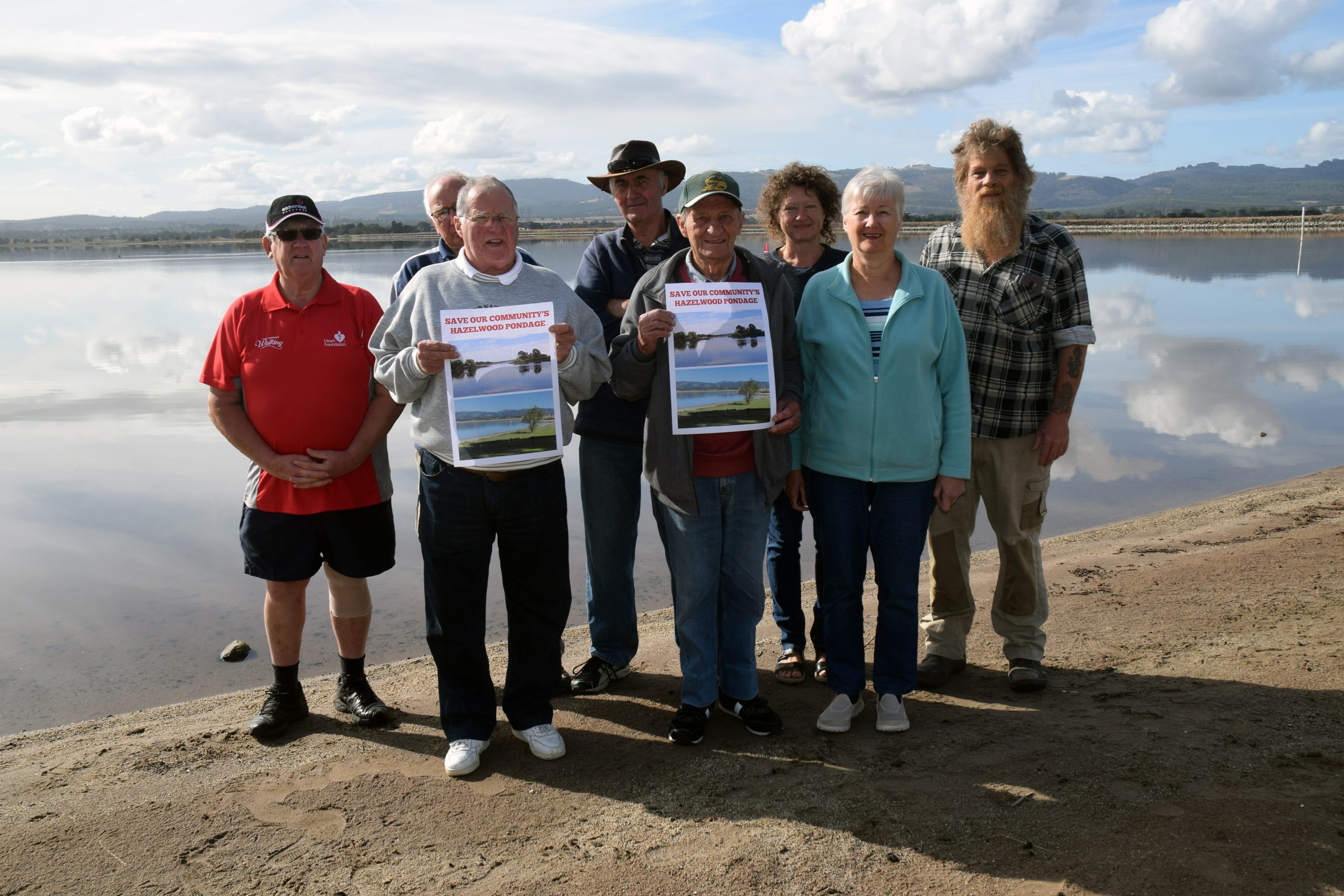WORKFORCE reforms announced for Victoria’s child protection system are expected to go towards addressing Gippsland’s disturbing child abuse statistics and relieving stress on workers.
Figures tabled in State Parliament last month showed the state’s “flawed” child protection system was failing Gippsland more than any other region.
The Protecting Victoria’s Vulnerable Children Inquiry identified Gippsland as having the highest proportion of young people admitted to state care.
The findings prompted widespread calls from Gippsland’s welfare industry to see the child protection system addressed as a matter of priority, including recommendations to increase pay levels and to better support workers in order to retain them.
This week State Community Services Minister Mary Wooldridge claimed the government would implement “historic workforce reform” of the child protection system to “better protect and improve the lives of vulnerable children”.
“We have reached an agreement with child protection workers that paves the way for implementation of a new operating model that was developed in consultation with the child protection workforce and outlined in the ‘Protecting children, changing lives’ document in July 2011,” Ms Wooldridge said.
“The Coalition Government will commit more than $50 million to the new model.”
Community and Public Services Union Victorian branch secretary Karen Batt said the union was “very pleased” with the outcome of negotiations which she claimed had earlier “broken off in January”.
Ms Batt said among changes to be included in an upcoming restructure would be a new child protection classification to deal with staff employed in child protection, community, youth justice and secure welfare.
She said staff in this structure could expect pay increases of between one and 14 per cent “in addition to whatever is awarded by Fair Work Australia in the public service wage increase negotiations”.
A ‘child protection rate’ would now be applied to community youth and family classifications, Ms Batt said.
She said the establishment of a Workplace Review Tribunal, “someone independent of the Department of Human Services to review all requests by child protection staff related to workload and case allocation”, should help ease the workplace burden on workers.
Ms Batt told The Express child protection workers were currently contending with 55,000 notifications (related to possible child abuse or neglect), a number expected to grow with the allocation of 1700 more police statewide in addition to government policies set to widen notification obligations.










